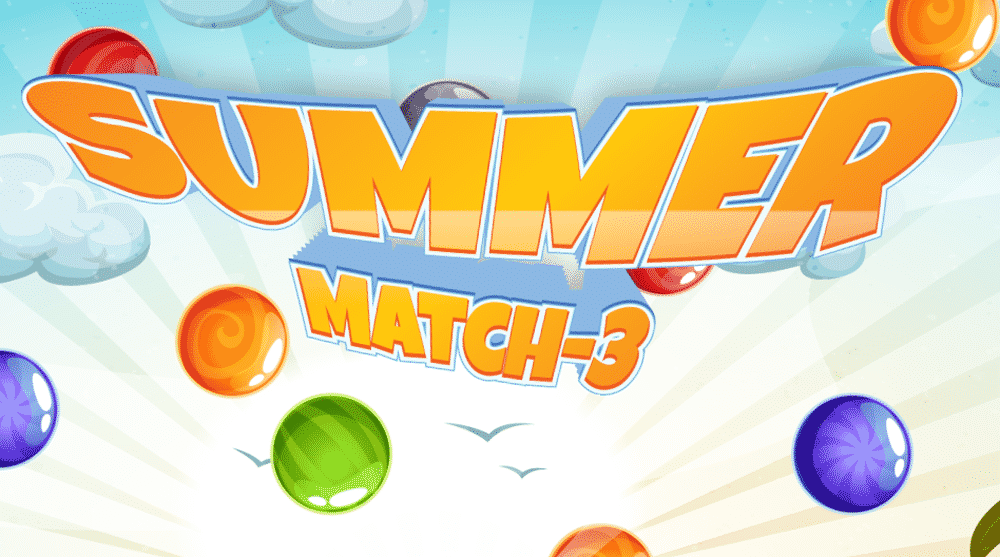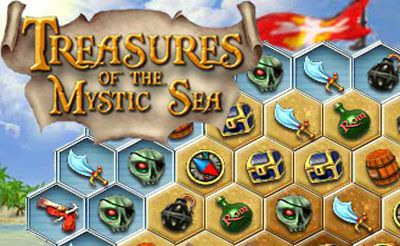
Tidalis (2010) developed the idea further with 20 game modes and the goal of creating the longest possible chain of matching colors.
#Online match 3 games for adults series
It led directly to the successful Bejeweled (2001), which became a series and inspired similar games including Zoo Keeper (2003), Big Kahuna Reef (2004), Jewel Quest (2004), and Chuzzle (2005). The first of what eventually became known as "match-three" games, where the goal is to create clusters of three or more identical items on a grid, was Shariki (1994). Multiplayer introduced elements of race and competition as players were able to attacks opponents in various ways resulting in more difficult matchmaking for their opponent. Mario and later with TetriNET (1997) and Tetris Worlds (2001). Several multiplayer modes, both local and networked, featured in early tile-matching games such as Columns and Dr.
#Online match 3 games for adults windows
Microsoft bundled Jawbreaker Windows Mobile 2003. Sega Swirl for handheld devices was released in 1999. Hebereke's Popoitto was released in 1995 containing a two player competitive game. 1994 saw BreakThru! and Gururin published with FlipOut! and Vid Grid released the following year. Puzzled included multiplayer games and was released for the Neo Geo console in the same year. It includes Yoshi's Cookie (1992) and Panel de Pon (1995), which introduced the swapping mechanic. Columns was the basis of a line of development of tile matching games based on shifting or swapping tiles. Mario also influenced Puzzle Bobble (1994), which in turn inspired Puzz Loop (1998), Hexic and Zuma (2003), and Luxor (2005). Building on the shooting mechanic introduced in Plotting, Dr. Mario's mechanics include Puyo Puyo (1991), Baku Baku Animal (1995) and Puzzle Fighter (1996). The popularity of the late 1980s puzzle games continued to bring new titles to the market, generally building on ideas introduced in these early games. As it drew in players that normally did not play video games, Tetris is considered one of the first casual games. The game helped to sell the handheld system, making it a killer application, and sold over 35 million copies over the Game Boy's lifetime. The popularity of the puzzle genre was further boosted when Nintendo bundled the Game Boy version of Tetris with the Game Boy handheld system upon its North American and European releases in 1989. Another early Mahjong-style pair matching game was Shanghai (1986). Mario and Plotting – which were published in 19. While there may have been earlier video games with tile-matching mechanics, Juul stated that the commercial success of both Tetris and Chain Shot! established the popularity of puzzle games, leading to a second generation of influential games – Puzznic, Columns, Dr. While both are puzzle games, they differ in important design points such as time pressure, tile manipulation, and solving criteria. Video game researcher Jesper Juul traces the history of tile-matching video games back to early puzzle Tetris and Chain Shot! (later known as SameGame), published in 19, respectively. The mechanism of matching game pieces to make them disappear is a feature of many non-digital games, including Mahjong solitaire and Solitaire card games.

The tile matching mechanic is also a minor feature in some larger games. They include purely turn-based games but may also feature arcade-style action elements such as time pressure, shooting or hand-eye coordination. Tile-matching games cover a broad range of design elements, mechanics and gameplay experiences. They have remained popular since, with the game Candy Crush Saga becoming the most-played game on Facebook in 2013. Tile-matching games were made popular in the 2000s, in the form of casual games distributed or played over the Internet, notably the Bejeweled series of games. Their origins lie in puzzle games from the 1980s such as Tetris, Chain Shot! ( SameGame) and Puzznic. The core challenge of tile-matching games is the identification of patterns on a seemingly chaotic board. That number is often three, and these games are called match-three games. In many tile-matching games, that criterion is to place a given number of tiles of the same type so that they adjoin each other.

The player selects a group of matching-color blocks to make them disappear from the grid, with unsupported blocks falling downwards.Ī tile-matching video game is a type of puzzle video game where the player manipulates tiles in order to make them disappear according to a matching criterion. SameGame was released in 1985 and has since been ported to many platforms.


 0 kommentar(er)
0 kommentar(er)
